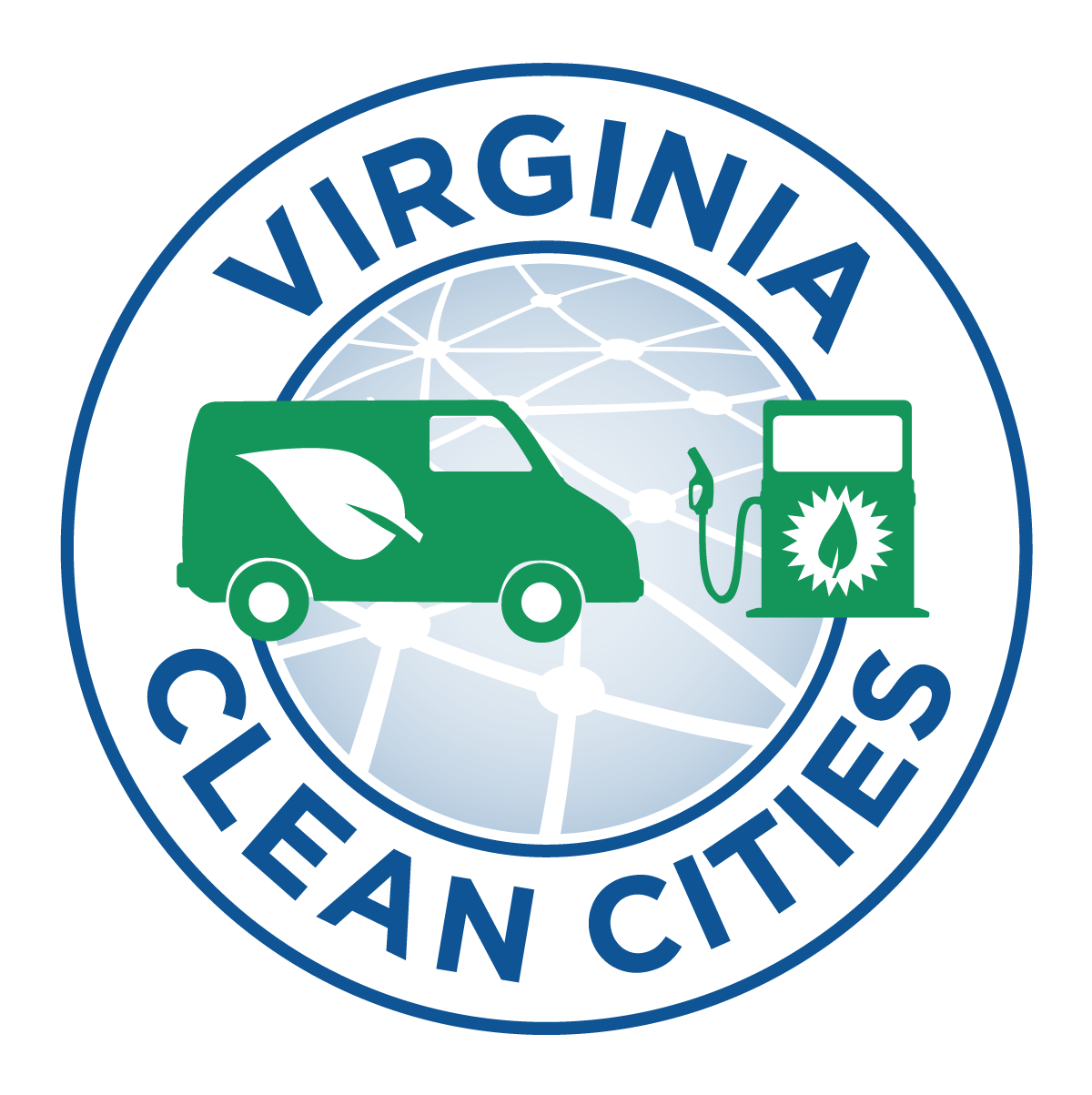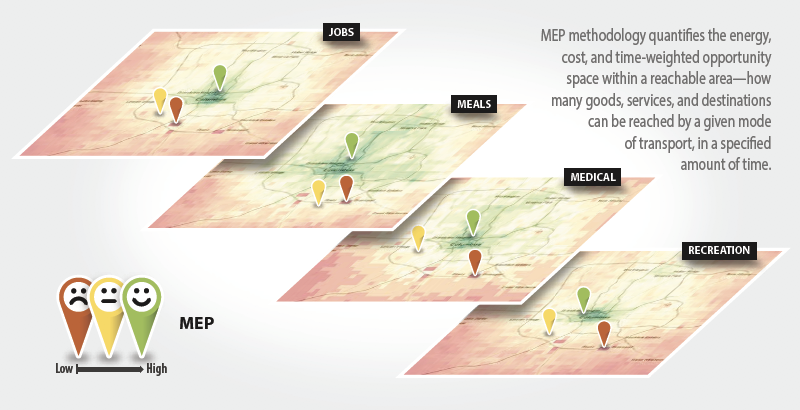

- This event has passed.
Mobility Energy Productivity Metric Webinar – Virginia
December 13, 2019 @ 3:00 pm - 4:00 pm
Free
New modes of transportation are popping up in cities and towns across the world. Innovations include transportation network companies like Lyft, Uber, and Via, and more recently dockless bikes and scooters, all of which have shaken up transportation sector.
These new technologies are likely to have dramatic impacts on the way people move – but how do we assess this impact? These new technologies provide additional choices, but which improves overall mobility and efficiency?
Join us on Friday December 13th at 3pm for this webinar
Join with Video: https://jmu.webex.com/jmu/j.php?MTID=mcbe1916b4f735f1af4d3626720ff2bc2
Meeting number / access code: 644 334 507
Password: metric (638742 from phones)
Or, Join by phone with code / password above
+1-855-282-6330 US TOLL FREE
 .
. 
With: Venu Garikapti and Stanley Young of NREL
Researchers Venu Garikapti and Stanley Young at National Renewable Energy Laboratory are developing a metric that considers the impact of new mobility technologies with a focus on time, energy, and affordability. This metric – known as the Mobility Energy Productivity Metric, or MEP, could serve as a unifying lens through which cities can assess the impact of different mobility technologies.
MEP applies a mathematical framework to several factors and rolls them up into one “mobility” number. MEP also provides a visual map of a given area. This allows the ability to see if a technology or service is improving mobility uniformly or inconsistently across certain areas. To generate the metric and map, MEP evaluates time, cost, energy, and number and types of opportunities, such as jobs, education, healthcare, and retail-shopping, that could be reached from one location.
More on MEP can be found in this flier.
Details
- Date:
- December 13, 2019
- Time:
-
3:00 pm - 4:00 pm
- Cost:
- Free
- Website:
- https://jmu.webex.com/jmu/j.php?MTID=mcbe1916b4f735f1af4d3626720ff2bc2